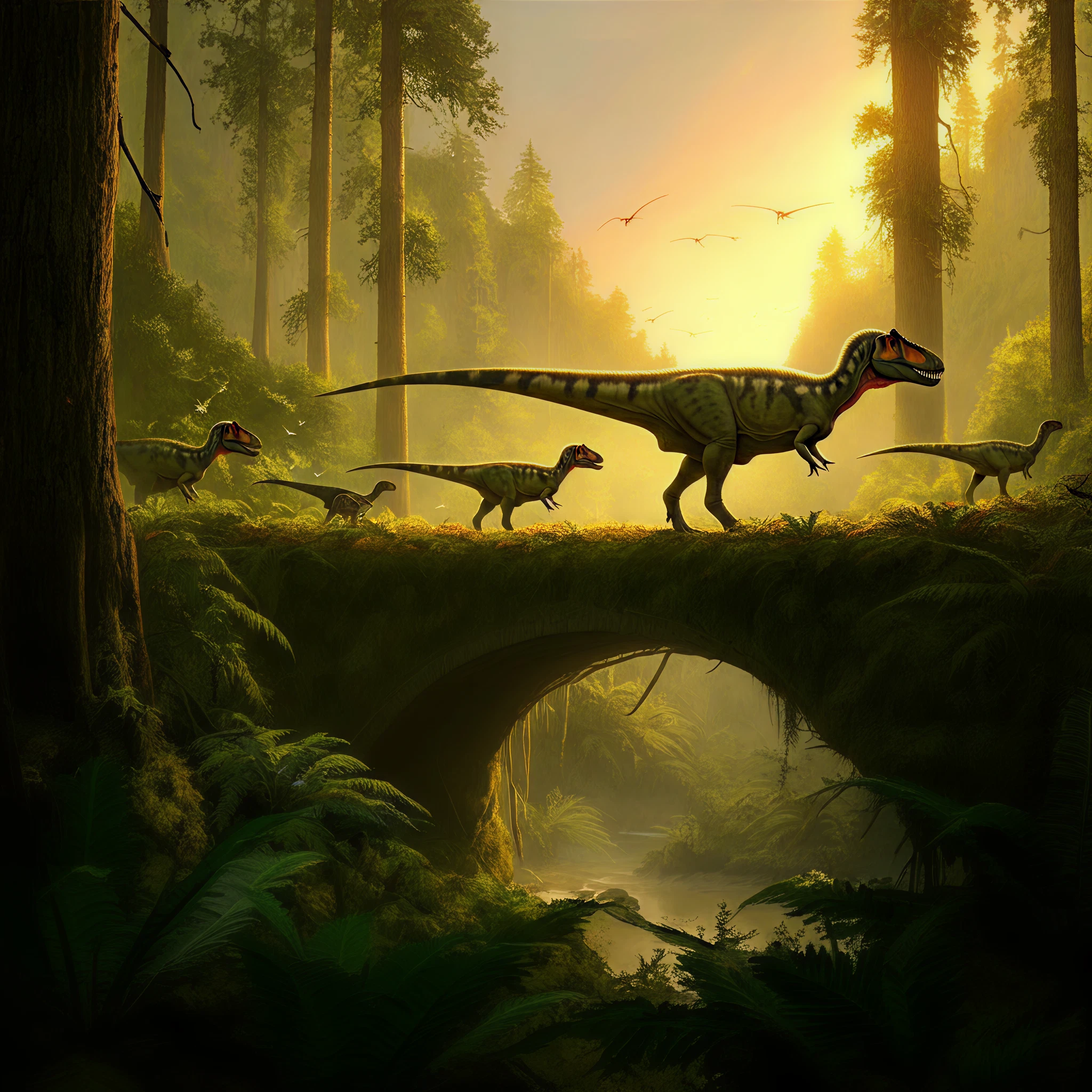The Tyrannosaurus rex, one of history’s most iconic predators, has long been associated with North America. But emerging research points to its surprising origins in Asia, suggesting that its ancestors may have crossed continents millions of years ago. How did this monumental migration occur, and what evidence supports this theory? Let’s dig deeper into the science behind T. rex’s incredible journey.
What the Fossil Record Tells Us
Fossils provide a glimpse into the lives of creatures that roamed the Earth millions of years ago. For T. rex, fossil evidence has revealed striking similarities between species discovered in Asia and North America. For example, Asian dinosaurs like Tarbosaurus, a close T. rex relative, bear many anatomical traits found in T. rex fossils. These shared characteristics suggest a common ancestor.
Additionally, models tracking the distribution of tyrannosaurid fossils indicate a westward movement from Asia to North America during the Late Cretaceous period, around 70 million years ago.
Land Bridges and Migration Routes
How exactly could T. rex’s ancestors travel such a vast distance? One key route is the Bering Land Bridge (Beringia). During the Late Cretaceous, fluctuating sea levels connected what is now Siberia and Alaska, creating a land bridge that enabled migration between the continents.
Beringia not only provided a physical connection but also offered a habitable environment for dinosaurs, with ample resources for herbivores and their predators alike. Fossil discoveries near this region further strengthen the case for migration.
Anatomy and Evolutionary Clues
Another compelling argument for T. rex’s Asian roots lies in comparative anatomy. Researchers have meticulously analyzed similarities in skull shapes, teeth alignment, and limb structures between tyrannosaurid fossils found in Asia and North America. These findings suggest that T. rex evolved from a shared ancestor that first appeared in Asia, later migrating and adapting to the ecosystems of North America.
For instance, Asian tyrannosaurids appear leaner and less robust, while North American T. rex fossils display features optimized for powerful predation, including stronger jaws and larger body sizes. This evolutionary progression aligns with migration timelines.
Geological Timelines and Climate Patterns
Migration hypotheses gain further credibility when aligned with geological timelines. Earth’s shifting climate around 92 million years ago, transitioning from warmer to cooler periods, reshaped ecosystems and predator-prey dynamics. This cooling potentially spurred migrations in search of new habitats, with Asia acting as the starting point for many species, including T. rex’s ancestors.
Predators like T. rex were likely influenced by these climatic and ecological shifts, growing larger to dominate the top of the food chain. The extinction of rival predator species such as carcharodontosaurids also cleared the way for tyrannosaurids to thrive in their new environment.
Untangling the Mystery
Despite exciting discoveries, gaps remain in the fossil record. While North America boasts countless T. rex specimens, the direct Asian ancestor of T. rex has yet to be unearthed. Researchers believe these fossils are still buried in Asia’s vast terrains, waiting to be discovered.
Modern tools like molecular clock studies (used to estimate evolutionary timelines) and advanced biogeographical mapping are helping scientists refine their theories. However, until more evidence is found, T. rex’s full origin story remains a tantalizing mystery.
Why It Matters
Understanding how T. rex migrated from Asia to North America reveals more than just the history of one dinosaur species. It sheds light on migration patterns, ecological transformations, and evolutionary processes that defined the Late Cretaceous period. It also demonstrates the interconnectedness of ancient ecosystems, showing how the continents we know today were once bridges for prehistoric life.
This migration theory invites paleontologists, geologists, and evolutionary biologists to explore new regions and dig deeper into Earth’s distant past. For paleontology enthusiasts and science lovers alike, it highlights the continuous quest to piece together the puzzle of life on Earth.
Explore the Legacy of T. rex
T. rex might have ruled North America in its heyday, but its roots in Asia remind us that even the most dominant creatures have fascinating origin stories. Fossil evidence, land bridge theories, and evolutionary studies all point to a migration that shaped the species into the apex predator we admire today.
What new discoveries will the future hold? If you’re a paleontology enthusiast or curious mind, stay connected with groundbreaking research as we uncover more about T. rex’s ancient world.
Want to learn more?
Explore detailed research about T. rex migration at Earth.com. Who knows? Maybe the next big discovery is just a dig site away!








